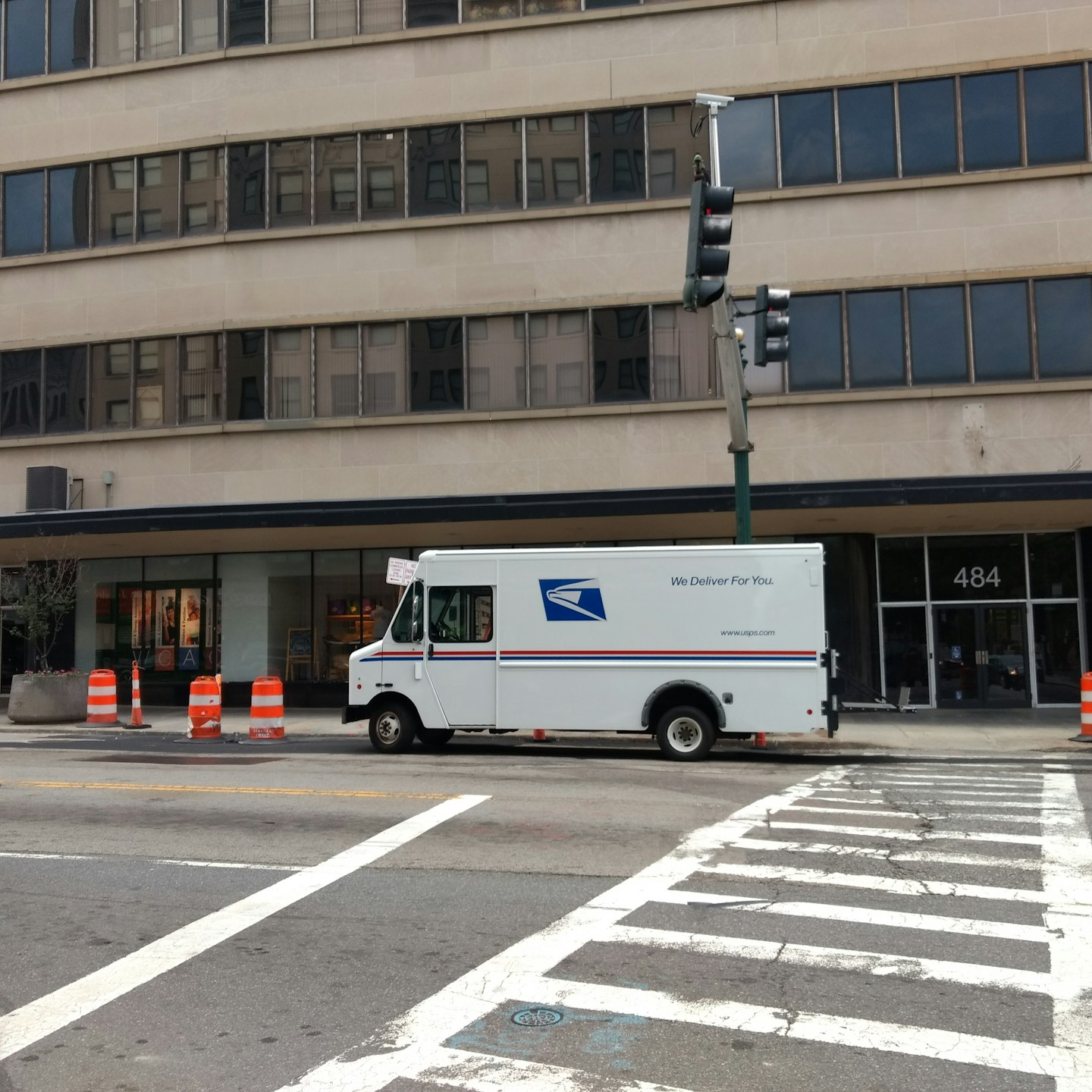Key Takeaways:
-
Medicare Part A covers hospital-related expenses, but PSHB members should understand how it integrates with their plan for optimal coverage.
-
Knowing the differences between Medicare Part A and PSHB hospital benefits can help you make informed healthcare decisions.
Understanding Hospital Coverage Under Medicare Part A and PSHB
When it comes to hospital insurance, understanding the details of Medicare Part A and Postal Service Health Benefits (PSHB) is crucial. Whether you’re already retired or planning ahead, knowing what each plan covers can help you avoid unexpected expenses and ensure you get the care you need.
Hospital coverage can be complex, with varying costs, eligibility requirements, and benefits. Many postal retirees assume that PSHB alone will cover all hospital expenses, but Medicare Part A plays a significant role in reducing out-of-pocket costs. Knowing how these two programs work together is essential for making smart healthcare decisions.
Here’s a breakdown of five essential facts you should know about Medicare Part A and PSHB hospital coverage in 2025.
1. Medicare Part A Provides Basic Hospital Coverage
Medicare Part A is designed to cover hospital-related services, including inpatient stays, skilled nursing facility care, hospice care, and some home healthcare services. If you qualify for Medicare, you’re generally eligible for Part A if you or your spouse worked and paid Medicare taxes for at least 10 years.
What’s Covered Under Part A?
-
Inpatient hospital stays: Medicare covers semi-private rooms, meals, nursing care, and medications administered in the hospital.
-
Skilled nursing facility care: After a qualifying hospital stay, Part A helps cover short-term rehabilitation.
-
Hospice care: Provides comfort and support for those with terminal illnesses.
-
Limited home health services: Only under specific conditions and for medically necessary care.
What You Pay in 2025
While Medicare Part A is premium-free for most, you’re still responsible for certain costs:
-
Hospital deductible: $1,676 per benefit period.
-
Coinsurance for extended hospital stays: $419 per day for days 61-90, and $838 per day for lifetime reserve days.
-
Skilled nursing facility coinsurance: $209.50 per day for days 21-100.
Understanding these costs is essential, as they directly impact how much you’ll pay for hospital stays under Medicare Part A.
2. PSHB Covers Hospital Care Differently
The Postal Service Health Benefits (PSHB) program offers its own hospital coverage, and the way it coordinates with Medicare Part A is important to understand. If you’re a retired postal worker enrolled in PSHB, your plan may reduce or eliminate out-of-pocket costs associated with hospital stays.
PSHB and Medicare Integration
-
If you have both Medicare Part A and PSHB, your hospital coverage may be more comprehensive.
-
Many PSHB plans waive deductibles and coinsurance when Medicare pays first.
-
If you’re retired and enrolled in Medicare Part B, your PSHB plan may offer additional cost savings.
-
Some PSHB plans also provide additional benefits that Medicare does not cover, such as private rooms or additional inpatient services.
3. You Must Enroll in Medicare Part A When Eligible
If you’re a retired postal worker, enrolling in Medicare Part A is typically required once you reach age 65. Not enrolling could result in higher out-of-pocket costs since PSHB assumes Medicare will cover certain expenses first.
What Happens If You Don’t Enroll?
-
PSHB hospital benefits may not cover all costs if Medicare Part A isn’t your primary insurance.
-
You could be responsible for hospital deductibles and coinsurance that Medicare would have paid.
-
Late enrollment penalties may apply if you delay signing up for Medicare without a valid reason.
-
Without Medicare Part A, you may end up paying significantly more for inpatient stays and skilled nursing care.
4. Hospital Costs Can Vary Depending on Your Plan
Even with Medicare Part A and PSHB, your actual hospital costs will depend on your specific PSHB plan’s design. Each plan has its own structure for deductibles, coinsurance, and covered services.
Factors That Affect Costs
-
Network hospitals vs. out-of-network hospitals: Staying in-network usually means lower costs.
-
Medicare coordination: If you have Medicare and PSHB, check how your plan fills coverage gaps.
-
Type of hospital services: Some specialized treatments may require additional cost-sharing.
-
Medicare Advantage options: Some postal retirees may choose Medicare Advantage plans instead of traditional Medicare and PSHB, which can impact costs.
It’s important to carefully evaluate all of these factors before making a decision on your coverage.
5. Planning Ahead Can Save You Money
Understanding how Medicare Part A and PSHB work together can prevent costly surprises. Being proactive about your healthcare coverage can help you avoid unexpected expenses and make informed decisions about your care.
Steps to Take
-
Review your PSHB plan details to see how it coordinates with Medicare Part A.
-
Confirm your network hospitals to avoid higher out-of-pocket costs.
-
Check if you need Medicare Part B: While Part A covers hospital stays, Part B covers outpatient services that can complement your PSHB plan.
-
Compare multiple PSHB plans: Some plans may offer better hospital benefits when combined with Medicare.
-
Speak with a licensed agent listed on this website to ensure you’re making the best choice for your needs.
How to Make the Most of Your Hospital Coverage
If you’re a retired postal worker or planning your retirement, taking the time to understand how Medicare Part A works with PSHB can save you money and stress. Make sure you explore all available options and take advantage of the benefits you’re entitled to.
Proper planning can help ensure you don’t face unexpected hospital bills or gaps in coverage. If you’re unsure about how your PSHB plan works with Medicare, it’s best to speak with a professional who can guide you through your options.
To get personalized guidance, reach out to a licensed agent listed on this website. They can help clarify how your coverage works and assist in making informed healthcare decisions.












